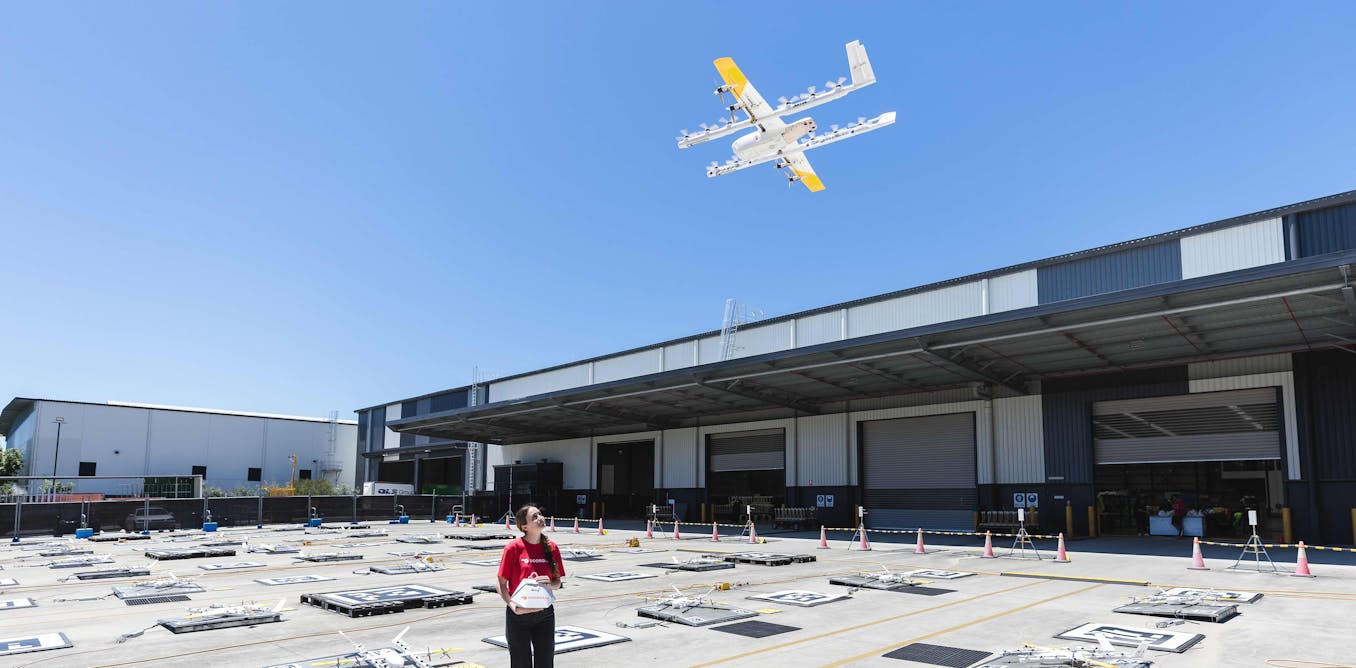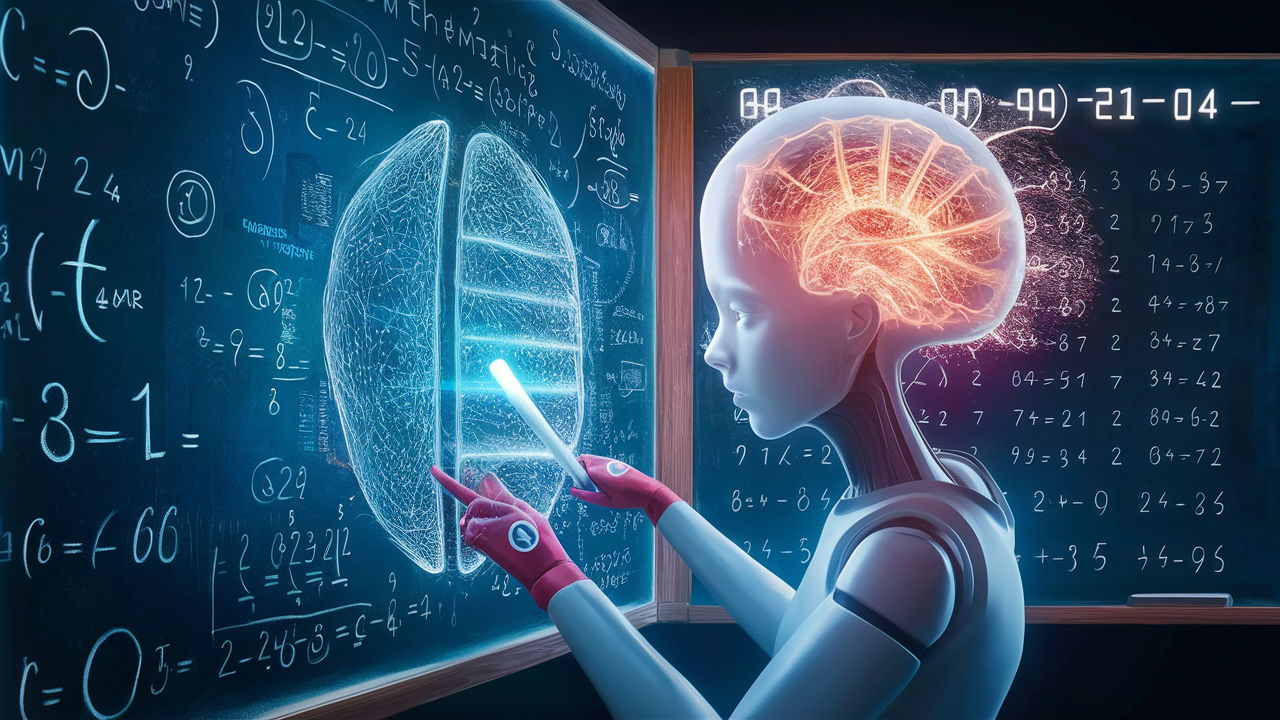Robots have become an integral part of our world today, with companies like Amazon deploying over 750,000 mobile robots across its operations worldwide. Boston Dynamics and Tesla’s Optimus are just a few examples of the amazing capabilities of robots in today’s society. The number of innovative companies in the robotics space is increasing rapidly, with new advancements and projects emerging regularly.
From humanoid robots helping with everyday chores to robot workers in factories, the possibilities with robotics are endless. Labs and universities are constantly conducting groundbreaking research to teach machines in cheaper and faster ways, such as using powerful computers or enabling robots to teach themselves.
We’re on the cusp of a new era in robotics, where robots are reshaping industries, enhancing human capabilities, and potentially redefining the way we live and work in the 21st century. The future of robotics is not just coming—it’s already here. As we continue to advance in robotics technology, the possibilities are endless, and the impact on society could be monumental. Let’s embrace this new era in robotics and see where it takes us.
Watch the video by Beyond TodAI
Video Transcript
The robots are coming! Or maybe the robots are already here. If you’re not in the robotics space or are not actively checking for it, you might be surprised to learn how integrated robots have become in certain corners of our world today. Amazon already has over 750,000 mobile robots
Deployed across its operations worldwide. We’re already seeing amazing labs showing the incredible capabilities of their robots. Boston Dynamics has been the most popular robotics company, and Tesla’s Optimus joined the party not long ago. But in the last year or so, the number of
Innovative companies that have sprung up is nothing to scoff at. In another video, we discussed robots actively involved in war. In this video, we’ll talk more about the humanoid robots that help with our everyday chores, as well as robot workers in factories. If you’re ready to
Explore the land of intelligent walking machines, then so am I. Let’s dive in the right way. Before we discuss the exciting humanoids out there and what their various capabilities are, let’s first glance at some of the exciting research happening in some of the top
Universities and labs across the world. Goat is a robot that is basically a roomba with a hand and understands directions. You ask it to locate an item, and it maps out its environment to locate either the fruit basket that was requested or the cup on the coffee table. One
Of the main issues with robotics is the time it takes to gather high quality data to train robots. Labs are finding cheaper and faster ways of teaching machines. For example, Meta’s Dobb-E only requires 5 minutes of demonstration, while Aloha from Stanford University can execute more
Complex tasks that involve a lot of movement at a cheaper scale. Another way to train robots is to do it on very powerful computers. That’s how the folks at the University of California, Berkeley, trained their humanoid robot. They ran different training samples on GPU clusters that
Were equivalent to 10 billion sessions a day. In some sense, it shows you how dumb robots still are. Requiring billions of training sessions to be able to walk in the wild seems so absurd, but the rate at which these robots are advancing is nothing short of breathtaking. Nowadays,
Labs are also enabling robots to teach themselves. Google Deepmind’s AutoRT uses large language models and visual context to understand their surroundings and perform tasks in the real world through trial and error. AutoRT manages up to 20 robots simultaneously and has produced 77,000
Trials across over 6,000 tasks. Imagine walking in a room full of robots perfecting their craft, that’s exactly what AutoRT does. These are all fascinating projects I would like to explore, but we do have even more interesting humanoids to discuss in this video. We’ll talk about a
Few more robots before we get to the likes of Neo and Figure 01. I’m building momentum here. Stanford’s NOIR is also another project I talked about in one of our videos. You basically control a robot with your brain. You can perform a host of household activities, including even petting a
Robot dog, all based on signals from the brain. This is especially essential for people with neuromuscular problems or physical injuries in the future. Agility and dexterity are also crucial in robot development. Boston Dynamics has been great at it over the last decade and more. Here,
We have an example of Carnegie Mellon’s robot that is trained to open all kinds of doors, similar to Boston Dynamic’s Spot. ABS is another robot from the university that can move quickly and safely in messy places. Unlike older methods that were either slow to avoid accidents or fast
But risky, ABS teaches robots to move fast without hitting things or people. It is able to switch between speeds, all based on what it learns. This way, robots can zip around both indoors and outdoors, avoiding both still and moving obstacles. Another lab from Tokyo,
Integrated GPT-4 with its Alter3 humanoid bot, which allows it to perform spontaneous motions. It can pose like it’s taking a selfie or pretending to be a ghost, without needing specific programming for each motion. It’s a bit creepy, to be quite honest. We’re pretty much
Deep in the uncanny valley with this one. We’ve discussed 9 robots across different labs, so this should give you a sense of the types of problems scientists and engineers are solving in the field. Now we’ll discuss four humanoids that are leading the pack commercially. We’re
Excluding Tesla and Boston Dynamics since they already have a ton of coverage online. Let’s begin with MagicBot. MagicLab’s humanoid robot showcases skills like marshmallow roasting, magic tricks, and dancing. MagicBot has great object manipulation capabilities. The lab also
Shows how its robot can do a flip similar to Boston Dynamic’s, although this one is without its upper body. Not much info has been released about the project, but I’ll keep an eye out for it. Next up, we have the smiling robot from Norway. 1x Labs has been making significant strides in
The development of humanoid robots, particularly with its latest models, EVE and NEO. Here we see EVE packing items or cleaning up a living room. The company has support from OpenAI and focuses on creating robots for a variety of applications, including household chores, factory work and
Security purposes. 1x teamed up with Everon to provide 140 security androids as a way to increase safety and address worker turnover. The androids patrol the assigned areas and monitor the environment through high-quality camera feeds. In case of emergency, a worker can take control of a
Robot through VR teleoperation, allowing remote operators to control and interact with them from any location worldwide. Their EVE android is 6’2” and can go up to 6 hours on a single charge. NEO on the other hand, is 5’4” and can operate between 2 to 4 hours. Neo is their bipedal android still
In development. It’s body is engineered with a muscle-like anatomy instead of rigid hydraulics, so they can be strong and gentle like humans are. The company recently completed a $100 million Series B funding round. This goes to show you how much hope and confidence investors have in the
Future of robotics. EVE is currently available for purchase, ranging from 1 robot to an entire fleet. Agility Robotics, based in Oregon, is another company focused on developing advanced robotic systems. Their 5’9” robot, Digit, is a groundbreaking bipedal robot designed for a range
Of applications, particularly in logistics and warehouse operations. Digit is one of the early humanoid robots planned to be deployed en masse for work in warehouses and distribution centres, capable of moving seamlessly in human-designed spaces. The company recently announced the opening of RoboFab, a manufacturing facility dedicated to producing up to 10,000 robots a
Year. That’s an insane number of robots, if you think about it. Digit is being tested to assist in Amazon warehouse operations, particularly in recycling totes. This is further evidence of Amazon’s commitment to having more autonomous agents throughout its supply chain.
The final company we’ll talk about today is Figure AI. The company has emerged as one of the leading robotics companies to watch out for. Their maiden robot, Figure 01, is designed to accomplish general tasks. With the help of neural networks, the robot can map
Out the steps to accomplish a task until it gets it right. In this video, it learned to make coffee by watching humans. Figure AI has the backing of some big investors like OpenAI, Jeff Bezos, Microsoft, and Nvidia. Maybe these companies know a lot more about Figure 01 than the rest of us.
They recently raised 675 million dollars from their all-star investors, valuing the company at 2.6 billion dollars. That’s a lot of money. The funding aims to fast-track the robot’s launch and commercialization for general-purpose work capable of learning and interacting with its environment,
In contrast to the specialized robots produced by other companies. Figure AI also has a partnership with BMW to deploy its humanoid robots in the car maker’s facility in the U.S. Over the next few years, we’ll see more factories sign these types of deals. Robots don’t get tired,
Don’t have to go home and are only limited by the down times when they have to charge. Figure AI has a master plan. They want to eventually have their robots take on undesirable and dangerous jobs in factories. They want to take care of the elderly,
And have the robots in our homes. In the distant future, they want to deploy robots into space to explore new worlds. All our sci-fi fantasies are unfolding right before our eyes. We still have a long way to go. There are still several issues with robots today. They’re slow,
Can only perform limited actions, and they’re still expensive. Goldman researchers already estimate current rates between $30,000 and $150,000 per unit, down from a range of $50,000 to $250,000 per unit last year. Costs will come down. Robots will be faster with efficient models
Like what Google Deepmind developed in SARA-RT. Here’s Tesla’s Optimus, which is 30% faster and 22 pounds lighter than the previous version. It’s expected that the humanoid robot market will reach $38 billion by 2035, and more than 250,000 units could be shipped in 2030. The obvious dilemma is
How this will affect jobs in the future. What about safety guardrails to protect humans in case of unforeseen circumstances? The hope is that humans will transition into other jobs that don’t require a lot of manual and repetitive tasks. A gradual and smooth
Transition of the workforce is what’s important here. Imagine a few years from now, when Amazon suddenly deploys millions of robots across its factories. Where do all the displaced workers go ? Robots will be an everyday norm soon. As we stand on the brink of technological advancements that
Once seemed like mere fantasies, it’s clear that the future of robotics is not just coming—it’s already here, reshaping industries, enhancing human capabilities, and potentially redefining the way we live and work in the 21st century. Let me know what you think. Thanks for watching Beyond TodAI. Until the next video, It’s Goodbye!
Video “We’ve Come Farther Than You Think! – A New Era in Robotics” was uploaded on 03/03/2024 to Youtube Channel Beyond TodAI

The post ““We Have Made More Progress Than You Realize! – A Revolution in Robotics” – Video ” by GretAi was published on 03/20/2024 by news.gretai.com

































